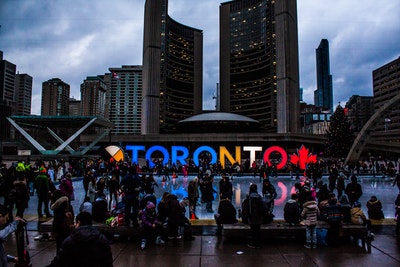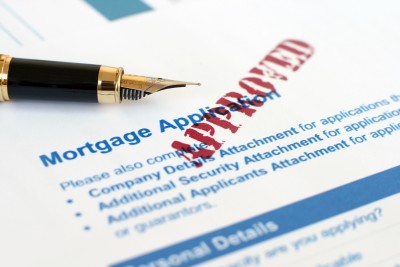What You Should Know About Mortgages in Canada and Their Rates

Many people in Canada have a mortgage, as opposed to renting their home.
Statistics gathered in the Autumn of 2021 stated that 32% of the population of Canada rented and the rest owned their homes, by way of paying a mortgage.
Homeownership in Canada has been seen to rise steadily since 1971.
The rate of homeowners reached a high of 69% in 2011. It remains high and has been made more likely by Canadians understanding how credit works.
For those looking to obtain a mortgage right now, you will find it useful to check out the best canadian mortgage rates.
Whether you are at that stage or not, it will be useful to know a bit more about mortgages in Canada.
Typical Canadian Mortgage Statistics
For some mortgage rate examples. Historically, and as a guide only, the average mortgage rate in Canada was 2.6% in 2020, compared to 3.14% in 2019.
This suggests mortgage rates are on a downward trend but if you are not lucky enough to have a fixed rate that is set competitively, then you will be subject to changes in the economy, which may result in increases in mortgage payments.
Different Types of Mortgages in Canada
The various types of mortgages on offer in Canada include conventional mortgages, open mortgages, capped rate mortgages, variable-rate mortgages, convertible mortgages, closed mortgages, or reverse mortgages.
Where you have 20% or more of the purchase price available to you in funds as a down payment, it should be possible to have a conventional mortgage.
An open mortgage will allow a lender to pay off part of the money owed, or to pay it back in full, without worrying about penalties. Terms will range from six months to a year with this arrangement.
Capped mortgages will mean that a variable rate will be capped by a lending institution. It is good to guarantee not having to pay more than capped interest rates when market rates will fluctuate and rise. Capped mortgages and knowledge of closing costs will make budgeting for homeowners easier.
With variable-rate mortgages, payments calculated by a lender will include the interest and the principal but only the interest will be affected by economic changes. That part will mean lower payments when interest rates drop.
A convertible mortgage will allow you to receive a fixed rate, with a term of 6 months to a year that has options to extend.
Closed mortgages mean that you can lock in an interest rate throughout the loan.
With Reverse mortgages, you can transfer your home’s equity into cash.
How the Economies Affect Interest Rates
It is not just the economy in Canada that you need to think about with mortgages, but also world economies. Banks, building societies, and other financial institutions will lend money worldwide.
Locally, it does also matter what is happening because it will affect whether or not people are buying houses in your area. If they are, then the demand will be higher and so the prices of houses, in general, will rise.
Then, it is about how much your particular mortgage will cost after that because of the current mortgage rates.
In a recession, mortgage rates will fall but then later rise as the economy is recovering. A recession would be the perfect time to agree to a fixed-rate mortgage, providing you qualify. This is where a good credit score will help.
House Prices in Canada
An increase of 337% in house prices in Canada was experienced during the period 2003 to 2018. We must bear in mind that this is over many years and only relates to some cities. The cost of home-owning had risen above 1990 levels by 2018, as Canada’s housing bubble burst.
Canada was ranked the second-largest housing bubble across OECD in 2019 and 2021, according to Bloomberg Economics.
With a few statistics to hand and a knowledge of the different types of mortgages available in Canada, this will hopefully prove a good starting point to buying, rather than renting a home.





